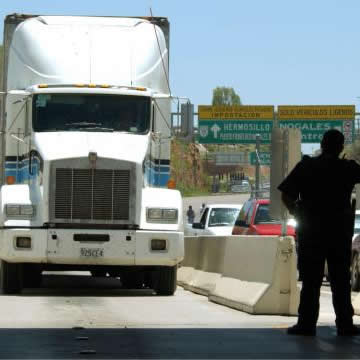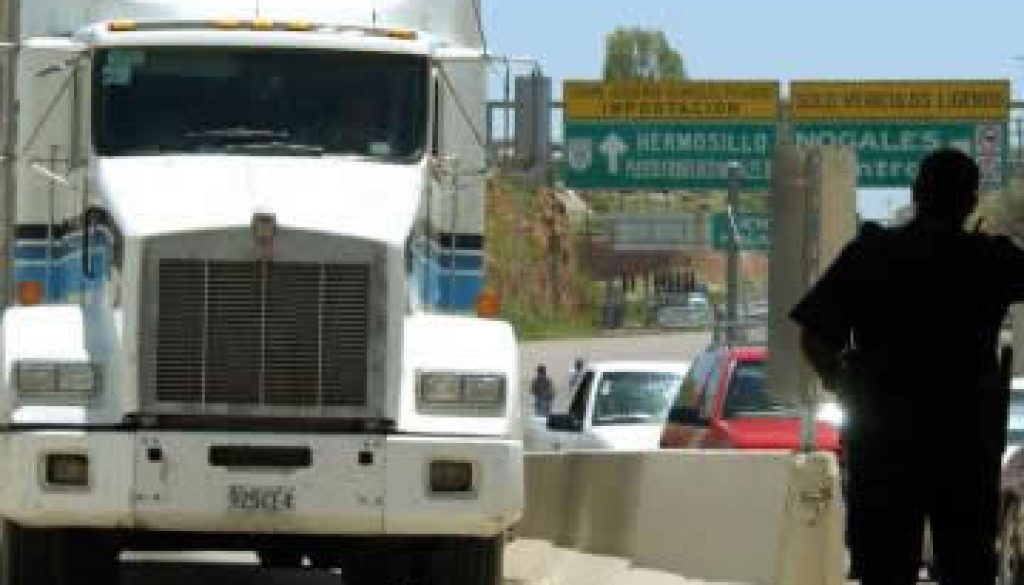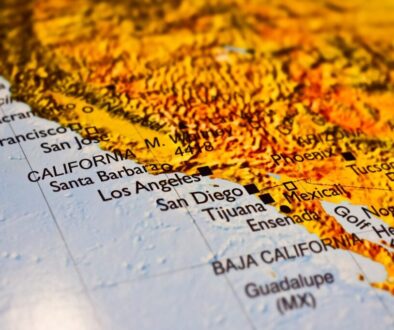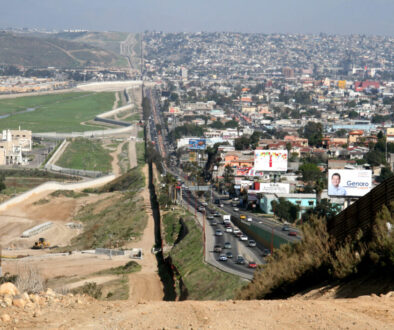United States-Mexico Cross-Border Long-Haul Trucking Pilot Program
 By Adina Moloman
By Adina Moloman
Sources: fas.org; FMCSA
A three-year pilot program called United States-Mexico Cross-Border Long-Haul Trucking Pilot Program conducted by the Federal Motor Carrier Safety Administration (FMCSA) that allowed a select group of Mexican trucking companies to make deliveries beyond the commercial zone was completed in 2014. In addition, U.S. trucks were permitted to operate in Mexico with the same freedom. Prior to this a 12-month pilot program called the U.S.- Mexico Cross-Border Trucking Demonstration Project took place in 2007.
According to the NAFTA’s cross-border trucking provisions, Mexican and U.S. trucking companies were to have full access to each other’s border-states for the purpose of cargo delivery, starting near the end of 1995 but the USA, with the exceptions of this two events, refused to implement NAFTA’s cross-border trucking provisions arguing safety concerns.
There is an economic reason for granting long-haul authority and this is cost reduction to U.S.-Mexico trade since is to allow for use of one truck instead of as many as three for long-haul shipments between the two countries.
The last pilot program proceeded in three stages: in the first stage Mexican firms were issued a provisional operating authority by the U.S. Federal Motor Carrier Safety Administration after completing a pre authorization safety audit; the second phase started with a three-month period of thorough inspections of vehicles crossing the border. The trucking companies that had followed all the rules received a certification; the last phase involved the Mexican trucking companies that had been completed successfully all the operations had been notified of their permanent authorization, granted after 18 months.
There were 14 Mexico-domiciled carriers with active long-haul operating authority in the pilot program; 9 of these had been granted permanent operating authority, and 5 had provisional operating authority. FMCSA is passing the stage of validating the results of the pilot.
The Mexican trucks were carrying relatively high-value goods or temperature-controlled cargo. Most of the high value goods that where manufactured in Mexico under the Maquiladora Program and trucked from Mexico are cars, trucks, auto parts, televisions, computers, appliances, cell phones, etc.
The two main obstacles for Mexican and U.S. trucking companies to have full access to each other’s border-states: first the U.S. truck driver organizations are opposed to allowing Mexican truck drivers to make deliveries beyond the border commercial zones and second the wait time for border crossing can be hours and is highly unpredictable.





